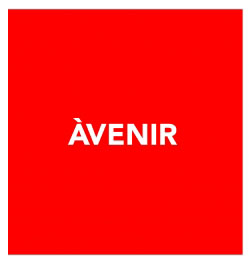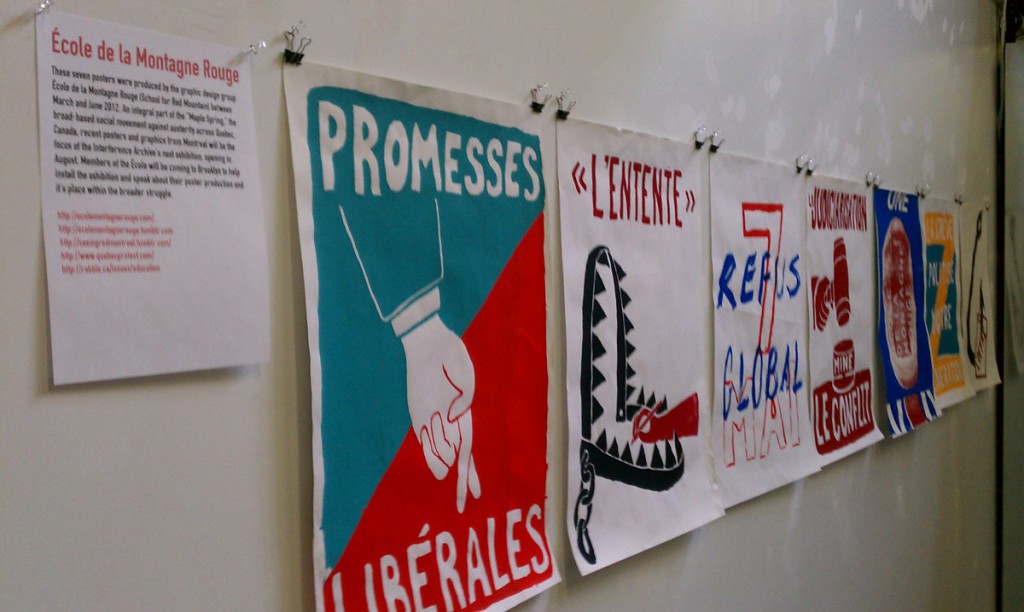The intense last few days in New York City have reminded us of the interaction between the desire for freedom, the operations of legally-sanctioned justice, and the workings of privilege that constitute the moment. The social order functions, but it does so in ways that are palpably out of joint. In the cracks of capital, a desire for radical change has emerged that is not unmarked by these contradictions.
Late on S17, a group of us headed to 100 Center Street, where arraignments are held in Manhattan, to do jail support for some of our friends, who had been arrested for protesting in a bank. Note that this bank, which was one of the most culpable during the crisis, has not yet had any of its operatives arrested. We walked a surreal trail through winding walkways and a maze of buildings to a Rite-Aid under the Brooklyn Bridge, where, somehow, a police officer returned one arrestee’s personal possessions to her spouse. In our tired state it seemed for a moment that those arrested would emerge from the pharmacy as well. In fact, we had to return to Center Street, which turned out to be complicated because no-one could remember the way and none of the many police officers on duty knew. Once finally there, we discovered that none of our friends were on the docket for night court.
We returned the next day in greater numbers but it was not until 5pm that the OWS people were scheduled for arraignment. We entered the court and sat on the unforgiving wooden benches. A theater of the absurd played out at the front as lawyers muttered to the judge and their clients, while officers of the court walked this way and that with endless sheaves of paper. Thick files appeared for each person, visualizing the density of the carceral bureaucracy. People appeared for arraignment through a door, behind which bars and cells painted that depressing shade of official cream could clearly be seen.
As is common in such arraignments, the protestors appeared very late on the docket. As we sat in this bleak space, we witnessed a seemingly endless parade of people of color, mostly men, mostly African American. From the widely-available literature, everyone knows that the prison-industrial complex is a central component of the apparatus of racialized segregation. We know that 2.3 million people are currently behind bars and another 5 million or so under some form of correctional supervision. Seven times as many African Americans as “whites” are in the system.
Even knowing all this, it is something else to see it in action, to see shackled bodies, the bruises on one woman’s face that shocked her defense lawyer into taking photographs, a man with his hands bound behind his back in such a way that to sit caused an involuntary rictus of pain, still another hobbling up the aisle to the arraignment, barely able to walk.
From the DA’s office, a lawyer intoned the terms “the people” and “justice” with regularity. We were not so convinced. Does it serve the people to have a woman incarcerated for fifteen days for the alleged crime of stealing a bottle of shampoo? Would this have happened if she had been “white”? My soto-voce comments on all this caused me to be expelled from the courtroom for “talking,” as if it were a school assembly.
Of course, you may be thinking that it is a reflection of my own privilege that this sight was new to me. Yesterday at the Free University in Madison Square Park, which continues until Saturday, the subject of privilege was raised in a discussion hosted by Tidal. Facilitating the discussion, Rosa L., who happens to be a person of color, pointed out that OWS has its own privilege by virtue of being in New York City. As I have often recalled, Arundhati Roy made exactly this point when she visited. She also insisted that it was, paradoxically, all the more important that we continue to make visible the lack of consent, even at the very heart of neo-liberal capital.
Nonetheless, the intensity of the media attention to New York does mean that OWS receives more coverage and discussion than is equitable in relation to other Occupations and radical actions. The discussion explored how we might best make use of that attention by stressing global initiatives and other interfaces outside New York.
In the Strike Debt teach-in that I facilitated later on, I again felt this double-bind. The participants looked to New York for models, perhaps even for leadership, but there are inevitable tensions that follow from that. Is the way forward, then, to create the best movement we can in New York and see if and how it inspires others? This was the pattern set by the original occupation. Or should there be an attempt to create an organization that reaches outside New York? I tend to the former, others to the latter. It’s such tensions between how to claim freedom while recognizing privilege that create the need for new practice and new theory.



